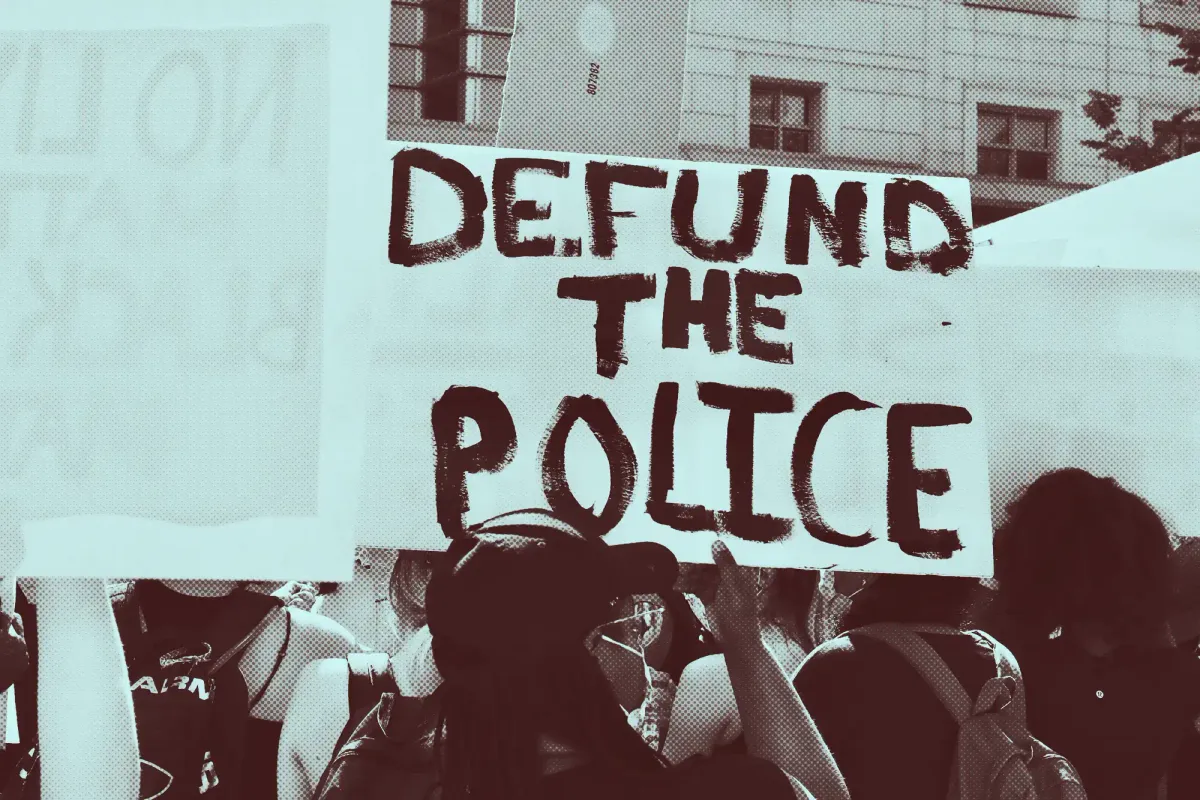Black Lives Matter vs. Black Lives Saved: The Urgent Need for Better Policing

```html
The Real Tragedy of Black Lives Matter: How Misguided Policies are Fueling Violence
A Tale of Two Houses: Activists, Unions, and the Stagnation of Police Reform
Like Shakespeare's warring Montagues and Capulets, Black Lives Matter activists and police unions find themselves locked in a bitter feud, hindering meaningful progress in policing. Activists, flush with billions in donations, seem reluctant to embrace reforms that might challenge their narrative and funding streams. Police unions, meanwhile, resist changes to established procedures and accountability measures, much like other resistant bureaucracies.
This unfortunate stalemate, fueled by a biased media, an uncritical academia, and the political entrenchment of both sides, leaves little hope for immediate reform, despite isolated local successes. The real losers in this tragic power struggle are the communities most in need of effective policing.
Populism and the Rise of "Woke": How Elite Failures Fuel Public Anger
The rise of populism isn't some mass delusion, but a predictable reaction to elite failures. From economic woes and foreign policy blunders to the protracted and socially damaging COVID-19 school closures, ordinary citizens sense that the wealthy and powerful prioritize their own interests, often at the expense of the public.
This perception is further reinforced by institutions like academia and the mainstream media, which often seem more interested in protecting the status quo than holding the powerful accountable. As Batya Ungar-Sargon argues in her book Bad News, the media's overt bias towards the elite further fuels public distrust.
The Black Lives Matter Narrative: A Dangerous Distortion of Reality
Perhaps nowhere is public anger more justified than in the realm of crime, particularly surrounding the Black Lives Matter movement. As political scientist Eric P. Kaufmann notes in The Third Awokening, while “woke” ideology arises from legitimate grievances, its lack of moderating influences and insulation from diverse perspectives can lead to dangerous distortions of reality. This is especially evident in the narrative surrounding policing and race.
The popular narrative, fueled by figures like Nikole Hannah-Jones, paints police as a genocidal threat to Black people. This ignores statistical realities. While any unarmed death is a tragedy, the number of unarmed Black people killed by police is statistically minuscule compared to the overall crime rate, and certainly not indicative of systemic genocide. Furthermore, the claim that police departments evolved from slave patrols is historically inaccurate.
Academia's Complicity: Prioritizing Ideology over Evidence-Based Solutions
Academia, unfortunately, often exacerbates the problem. Instead of focusing on research that could genuinely improve policing and save lives, much of the academic work on Black Lives Matter focuses on abstract social theories or symbolic activism, often detached from the realities of crime and violence in affected communities. A stark example is the focus on Ben and Jerry's ice cream flavors in some academic work, while practical, life-saving research on police procedures goes largely ignored.
The Deadly Consequences of De-Policing: A Soaring Homicide Rate
"Since the Black Lives Matter era began, fatal ambushes of police officers have risen dramatically, almost certainly due to the demonization of the police. More importantly, Black Lives Matter de-policing policies seem to have taken thousands of (mainly Black) lives. During the BLM era, the age-adjusted Black homicide rate has almost doubled." This tragic statistic demonstrates the real-world consequences of prioritizing ideology over effective crime prevention.
New York City's Turnaround: A Glimmer of Hope
The story of New York City offers a powerful example of how effective policing can dramatically reduce crime and save lives. Following the tragic murder of Brian Watkins, a tourist, New York implemented data-driven policing strategies, invested in resources, and held police accountable. This led to a dramatic drop in crime, demonstrably saving thousands of lives, primarily among Black communities.
"In 1990, New York City was among the most dangerous cities in the country. Today... despite high poverty, New York has the sixth lowest homicide rate among the 50 largest cities."
How to Make Black (and All) Lives Matter: Data-Driven Reform and Accountability
Instead of political grandstanding and ideological posturing, real progress requires data-driven reforms and genuine accountability. Police departments should be evaluated based on their effectiveness in reducing crime and protecting lives, not on their adherence to political narratives. Mayors, city councils, and other elected officials must be held responsible for the performance of their police departments.
"Black Lives Matter de-policing policies seem to have taken thousands of (mainly Black) lives. During the BLM era…the age-adjusted Black homicide rate has almost doubled, rising from 18.6 murders per 100,000 African-American citizens in 2011 to 32 murders per 100,000 in 2021."
By focusing on real data and holding failing police departments accountable, we can begin to build a system that truly protects and serves all communities.